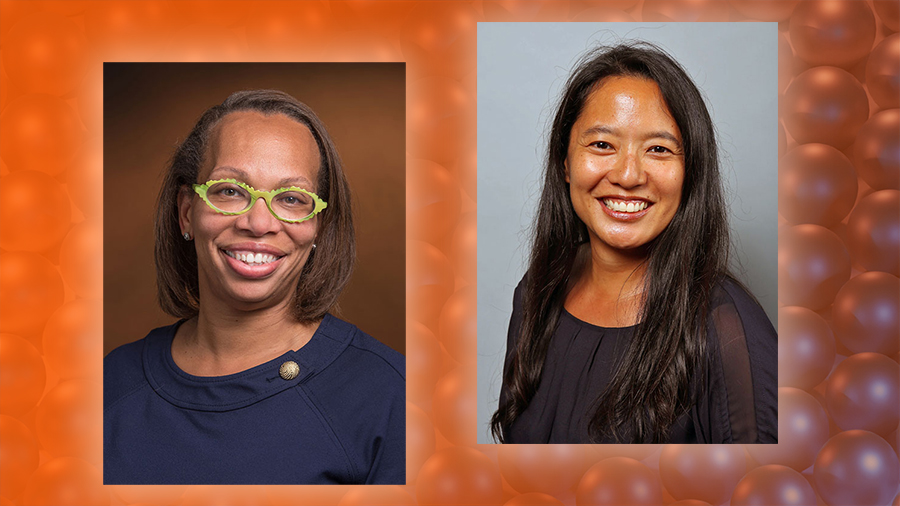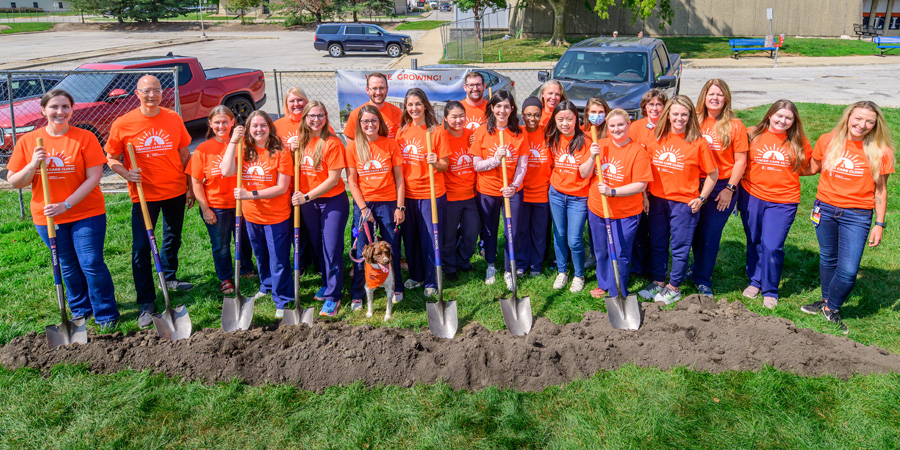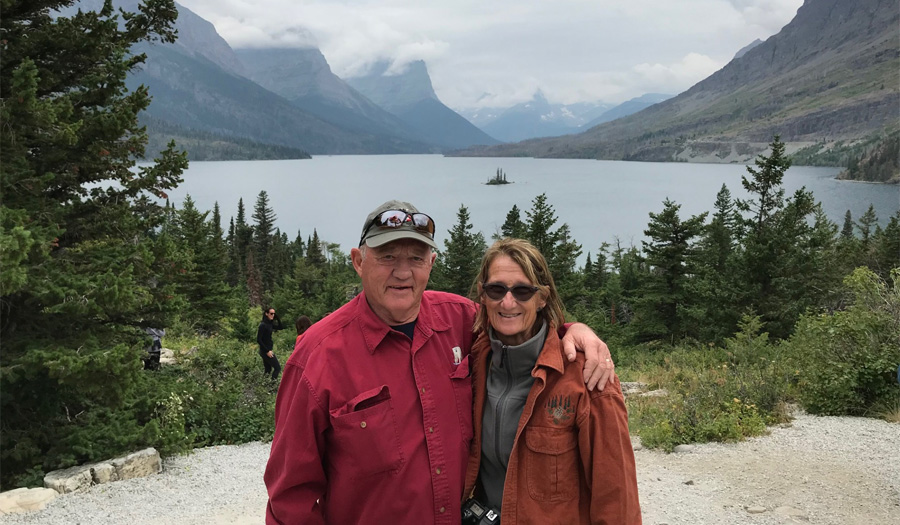This message will appear in the Chicago Veterinary Medical Association Bulletin.
Today 33 U.S. institutions grant veterinary degrees. That number will rise to 34 this fall, when the first-ever veterinary college in Puerto Rico opens. A remarkable 11 other institutions have announced plans to create new veterinary schools in the next few years.
Notably, the founding deans for the nearest proposed colleges are Illinois graduates: Dr. Coretta Patterson, Class of 1995, at Midwestern University College of Veterinary Medicine–Illinois, in Downers Grove; and Dr. Christina Tran, Class of 2000, at the School of Veterinary Medicine, Hanover College, in Hanover, Indiana. I am delighted to call them my colleagues.
Veterinary Deans with Illinois Credentials
They join a distinguished group of Illini DVMs who have gone on to leadership roles in academia.
- Dr. Joe DiPietro, Class of 1976, served as associate dean for research and advanced studies at our college, then became dean of the University of Florida College of Veterinary Medicine, followed by leadership roles—ultimately the presidency—within the University of Tennessee system.
- Dr. Tony Frank, Class of 1985, rose from the position of associate dean for research at the College of Veterinary Medicine and Biomedical Sciences, Colorado State University, to hold a number of roles at that university, including provost, president, and currently chancellor of the CSU System.
- Dr. Mark Stetter, Class of 1988, spent 9 years as dean of Colorado State University before becoming dean of the University of California-Davis School of Veterinary Medicine in 2021.
| Recently proposed U.S. veterinary colleges not mentioned in this column: |
|---|
| • Arkansas State University, Arkansas • Chamberlain University, Georgia • Clemson University, South Carolina • Lincoln Memorial University, Florida • Lyon College, Arkansas • Rocky Vista University, Montana • Rowan University, New Jersey • University of Maryland Eastern Shore, Maryland • Utah State University, Utah |
Drs. Patterson and Tran have both practiced in corporate/private settings as well as held positions at recently opened veterinary colleges in Arizona.
Read more about their backgrounds on our website.
They step into their new roles embracing the opportunity to lead our profession into a new era, one that nimbly integrates technological efficiencies, focuses on developing primary care competencies, and addresses issues such as student debt and mental health.
New Deans See Opportunities
“The opportunities for new veterinary schools to transform the veterinary industry are truly without bounds,” said Dr. Tran. “In the post-COVID era, more institutions are embracing the ability to educate students through remote means.
“Not only does this allow veterinary schools to provide their students with expertise beyond their existing faculty, but it also allows them to expand accessibility for students through closed-captioning and on-demand playback of recorded materials.”
She also notes that new programs can prepare student for successful careers by introducing “practical ways to harness technologies such as AI to create efficiencies in the practice setting.”
Both women plan to elevate the “spectrum of care” approach so their graduates understand how to meet the individualized needs of animal patients and their families.
“I spent most of my formative years in veterinary medicine in [academic] teaching hospitals, learning and providing the best care available,” said Dr. Patterson. “The majority of our students do not go on to do this, so there is a disconnect.
“And there is some literature that suggests this disconnect causes moral distress for young doctors when they go out into practice. They aren’t always able to do and offer what they were seeing during that last year at the teaching hospital.”
She envisions a teaching hospital that puts the emphasis on primary care and models a healthy work-life balance in its faculty and staff, so students get that message loud and clear.
A Profession that Adapts
U.S. veterinary education has experienced periods of great fluctuation in the past. According to the American Veterinary Medical History Society, the first U.S. veterinary college was established in 1852, and about two dozen more popped up before the turn of the century. In 1900, the U.S. census counted 8,100 people claiming “veterinary surgeon” as their profession.
Most of the early U.S. veterinary colleges focused on producing veterinarians to care for urban working horses. By 1927, almost all of these colleges had closed. When veterinarians were confined to the role of “horse doctor,” their relevance faded with the advent of the combustion engine.
Today, the demand for veterinarians extends in multiple directions not anticipated 120 years ago. And the demand is growing. As new colleges open, the opportunities within the veterinary profession will continue to expand, limited only by our ability to identify societal needs and find ways to meet them.




